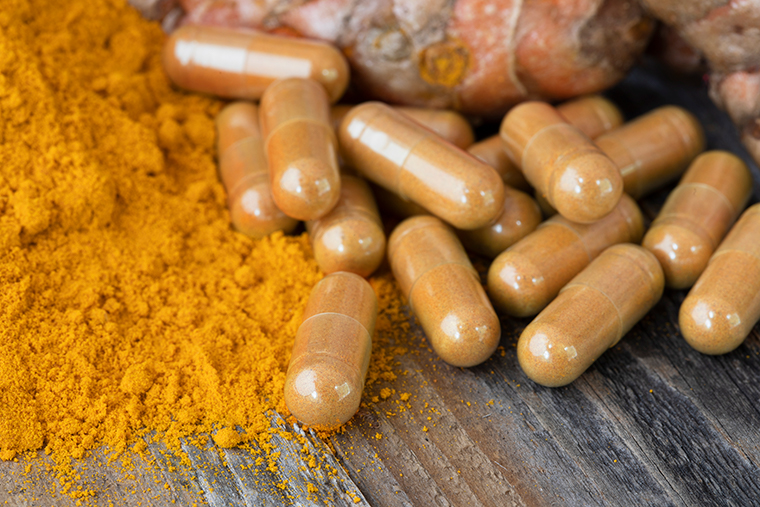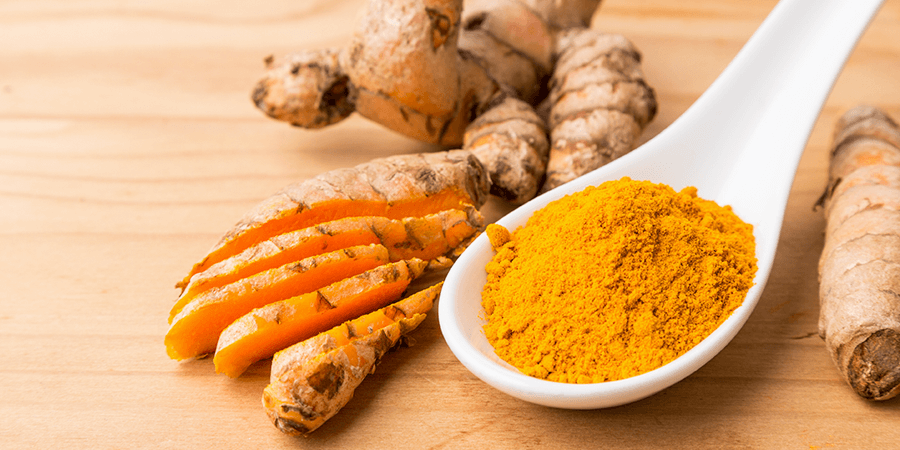As we get older, we need all the help we can get to keep our body running well. Our skeletal and immune systems steadily weaken with each passing year. Basically, aging’s a jerk!
Luckily, there are natural ways to boost our health. These natural ways are vitamins and minerals. Most of these need to be introduced to the body because the body does not produce them naturally. They can be introduced through food or supplements.
Food & supplements are great ways to get vitamins and minerals. Generally, both will have other elements that help the body absorb the nutrients. Sometimes nutrients from food is not absorbed as well, that is why supplements were created. Supplements are designed to have elements that increase nutrient absorption.
Vitamin D3
All forms of vitamin D help the body absorb calcium and phosphorous, which are necessary for bone health and strength. In fact, low vitamin D levels in the body can lead to weak bones and dental issues. It can even lead to osteoporosis!
Although all forms of vitamin D help the body in similar ways, vitamin D3 is closest to the vitamin D the body produces from exposure to the sun. This form is known to help improve mood and ease depression.
One of the best thing’s vitamin D3 does is it influences when genes turn on and off. In fact, high levels of vitamin D3 seem to correlate with low cancer cell activation. But be careful, getting too much vitamin D3 from the sun can lead to skin cancer. Basically, sun burns tend to nullify the effects of vitamin D3.
Vitamin D3 is also shown to help fight infection. It aids the body’s immune system to fight illness.
Vitamin K
Like, vitamin D3 vitamin K is shown to benefit bone and immune health and function.
There are various forms of vitamin K. The two most common forms are K1 and K2.
K1 is found mostly in leafy plant foods, so it is easy to get. However, K1 is poorly absorbed by the body. It is estimated that less than 10% is absorbed. What K1 is absorbed is taken to and used by the liver.
K2 is primarily found in fermented foods and animal products. The body can produce K2 through gut bacteria. K2 is absorbed much better than K1 because K2 is often found in fatty food, which is generally better absorbed than other macros. K2 tends to have a longer chemical structure, so it stays in the bloodstream longer thus reaching more parts of the body.
Both forms of vitamin K activate proteins that play an important part in blood clotting, heart health, and bone health.
Vitamin K keeps the blood clotting which is good for cuts. Without the clotting of blood, little cuts would just bleed and bleed and bleed. If you are on blood thinner, monitor your vitamin K intake so it does not counteract your medication.
With heart health, vitamin K activates a protein that helps prevent calcium deposits in your arteries. Anything that can help clear arteries prevents heart disease and other heart related issues.
As far as bone health, vitamin K activates a protein that bones need for growth and development.
Calcium from Seaweed
As pretty much everyone knows, calcium is beneficial to bone health. But what many don’t know is calcium is used for many other important body functions. Calcium helps circulate blood, move muscles, and release hormones.
Calcium is a mineral that the body does not produce, so we need as much as we can from high calcium foods and supplements.
As we age, our bone density decreases every year, so calcium is very important for keeping the skeletal system strong.
One surprising way to get calcium is from seaweed.
Many argue about seaweed’s calcium benefit. On the one side, seaweed advocates claim seaweed is a good source of calcium because it is plant based which means better absorption. On the other side, many say there is not enough evidence to support seaweed’s calcium benefit.
But calcium is calcium isn’t it. If seaweed has some calcium, it is a source of the mineral.
All these vitamins and minerals can greatly increase bone and immune health and function. Again, if you are on blood thinner, carefully monitor your intake of vitamin K.
Recommended Product:
References
AlgaeCal. (2018, April 30). Algae Calcium – Benefits of Algae Calcium in Your Diet. Retrieved October 18, 2018, from https://www.algaecal.com/algaecal-ingredients/algae-calcium/
Aranow, C., MD. (2011, August). Vitamin D and the Immune System. Retrieved October 18, 2018, from https://www.ncbi.nlm.nih.gov/pmc/articles/PMC3166406/#idm139736635418144title
Berkeley Wellness. (2016, January 22). Are Calcium Supplements from Algae Better? Retrieved October 18, 2018, from http://www.berkeleywellness.com/supplements/minerals/article/are-calcium-supplements-algae-better
Butler, N., Rd, LD. (2016, May 16). 8 Fast Facts About Calcium. Retrieved October 18, 2018, from https://www.healthline.com/health/8-fast-facts-about-calcium
Drugs.com. (n.d.). Cholecalciferol Uses, Side Effects & Warnings. Retrieved October 18, 2018, from https://www.drugs.com/mtm/cholecalciferol.html
Leech, J. (2018, September 18). Vitamin K2: Everything You Need to Know. Retrieved October 18, 2018, from https://www.healthline.com/nutrition/vitamin-k2
NutraIngredients.com. (2008, July 19). High bioavailability of calcium from seaweed proved. Retrieved October 18, 2018, from https://www.nutraingredients.com/Article/2004/08/06/High-bioavailability-of-calcium-from-seaweed-proved
Pearson, K., Ph.D, R.D. (2017, September 15). Vitamin K1 vs K2: What’s the Difference? Retrieved October 18, 2018, from https://www.healthline.com/nutrition/vitamin-k1-vs-k2
Price, A. (2016, November 23). Taking 1 Gram of This Daily by Mouth for a Year Reduces Pre-Cancerous Mouth Sores. Retrieved October 18, 2018, from https://draxe.com/algae-benefits/
Renee, J., MS, RD. (2017, October 03). How Does Vitamin K Affect Blood Clots? Retrieved October 18, 2018, from https://www.livestrong.com/article/340217-does-vitamin-k-cause-blood-clots/
WebMD. (n.d.). Cholecalciferol (Vitamin D3) Oral : Uses, Side Effects, Interactions, Pictures, Warnings & Dosing. Retrieved October 18, 2018, from https://www.webmd.com/drugs/2/drug-6152/cholecalciferol-vitamin-d3-oral/details
Wiley, F., PharmD, CGP, RPh. (2015, May 12). Vitamin D3 (Cholecalciferol) – Side Effects, Dosage, Interactions – Drugs. Retrieved October 18, 2018, from https://www.everydayhealth.com/drugs/vitamin-d3



















